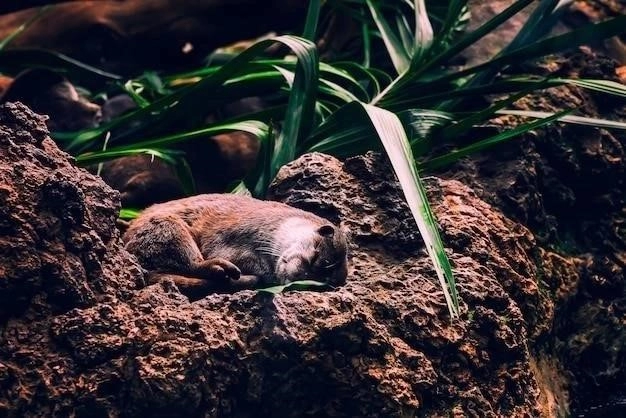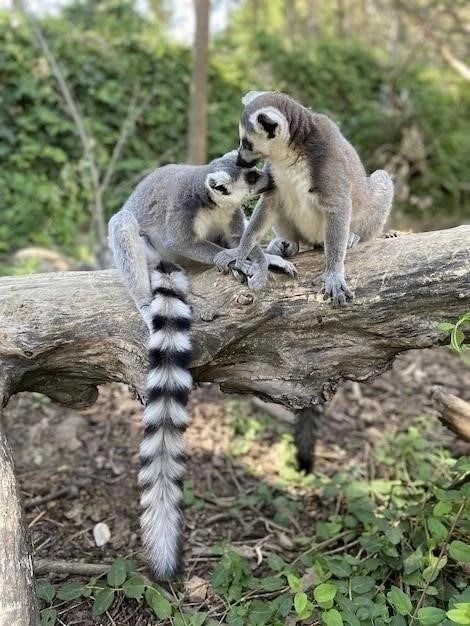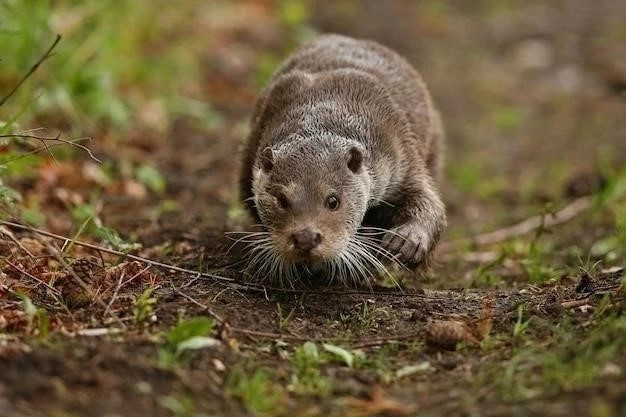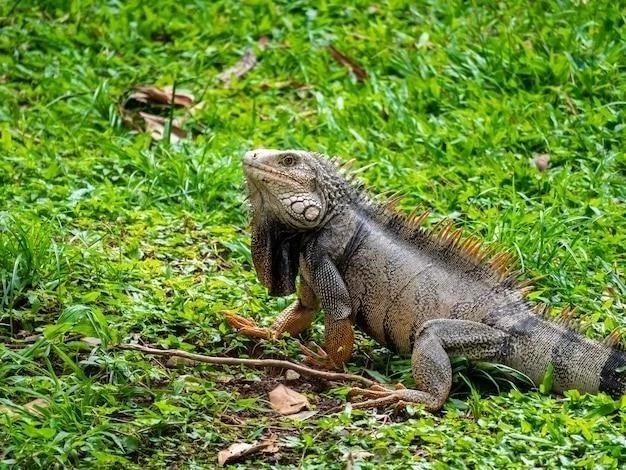The Olinguito: A Remarkable Discovery
The olinguito (Bassaricyon neblina), a captivating denizen of the Andean cloud forests, has captivated the world’s attention as the first new carnivore species discovered in the Americas in over three decades. Its unveiling marked a momentous occasion in the scientific community, underscoring the vastness of undiscovered biodiversity still hidden within our planet’s ecosystems.
Rediscovering a Misidentified Species
The path to the olinguito’s recognition as a distinct species was remarkably circuitous, marked by decades of misidentification. This elusive mammal, though new to science, had already graced museum collections and even zoos, mistaken for its larger relative, the olingo (Bassaricyon spp.).
Zoologist Kristofer Helgen of the Smithsonian National Museum of Natural History spearheaded the research that unveiled the olinguito’s true identity. His journey began in the museum’s archives, where he discovered pelt and skull specimens that deviated subtly yet significantly from known olingo characteristics. These specimens, smaller in size, possessed a distinct reddish-brown hue and exhibited cranial differences, hinted at the existence of an unclassified species.

Further deepening the mystery, Helgen uncovered historical accounts of an “olingo” exhibiting unusual behaviors in captivity. The animal, a female, had been shuffled between zoos due to its inability to breed with other olingos. This reproductive incompatibility, coupled with the unique physical traits observed in the museum specimens, fuelled Helgen’s suspicion of a hidden species lurking within the olingo classification.
Genetic analysis provided the conclusive evidence needed to confirm Helgen’s hypothesis. DNA comparisons between the misidentified specimens and known olingo species revealed a clear genetic divergence, establishing the olinguito as a unique evolutionary lineage within the raccoon family (Procyonidae).
The olinguito’s rediscovery underscores the vital role of museum collections and meticulous scientific inquiry in illuminating the world’s biodiversity. What was once considered a mere anomaly within a known species was revealed to be a unique and fascinating creature in its own right, hidden in plain sight for decades.
Habitat and Physical Characteristics

The olinguito (Bassaricyon neblina) is a denizen of the cloud forests of the Andes Mountains in western Colombia and Ecuador. These high-altitude forests, shrouded in mist and characterized by their exceptional biodiversity, provide the perfect habitat for this elusive creature.
Olinguitos are adapted to a life amongst the trees, rarely venturing to the forest floor. The cloud forests’ dense canopy, rich in epiphytes like bromeliads, offers both sustenance and shelter. Their diet consists primarily of fruits, insects, and nectar, contributing to the forest’s ecological balance as both seed dispersers and pollinators.
Physically, olinguitos are the smallest members of the raccoon family, with adults typically weighing around two pounds. Their dense, woolly fur, ranging in color from reddish-brown to orange-brown, provides insulation in the cool, humid environment of the cloud forest. This dense fur, coupled with their proportionally larger eyes, distinguishes them from their olingo relatives. Their large eyes, an adaptation to the low-light conditions of their habitat, grant them exceptional night vision for navigating the forest canopy and foraging for food.
The olinguito’s prehensile tail, nearly as long as its body, acts as a fifth limb, providing balance and agility as they navigate the branches. Their sharp claws further aid in their arboreal lifestyle, allowing them to expertly climb and cling to trees. The combination of these physical adaptations makes the olinguito perfectly suited to its arboreal niche in the Andean cloud forests.

The Olinguito’s Place in the Ecosystem

The olinguito, despite its recent discovery, plays a vital role in the delicate balance of the Andean cloud forest ecosystem. As a frugivore, the olinguito contributes significantly to seed dispersal, facilitating the regeneration and diversity of plant life within its habitat. By consuming fruits and subsequently dispersing the seeds through their droppings, olinguitos act as crucial ecological engineers, shaping the forest’s composition and structure.
Furthermore, their diet, which also includes insects and nectar, positions them as both predator and pollinator. By preying on insects, they contribute to natural pest control, ensuring the health and vitality of the forest’s flora. Simultaneously, their foraging for nectar, particularly from epiphytes like bromeliads, positions them as potential pollinators, further enhancing the reproductive success of various plant species.

The olinguito’s nocturnal habits add another layer of complexity to its ecological role. By venturing out under the cover of darkness, they occupy a distinct niche, potentially reducing competition for resources with diurnal frugivores and pollinators. This temporal partitioning of resources highlights the intricate web of interactions that maintain the cloud forest’s biodiversity.

While research on the olinguito’s ecological interactions is ongoing, their presence underscores the interconnectedness of species within an ecosystem. Understanding the full scope of their role, from seed dispersal to pollination and pest control, is crucial for informing conservation efforts aimed at preserving the fragile Andean cloud forests and the remarkable biodiversity they harbor.
Conservation Efforts and the Olinguito’s Future
The olinguito, despite its recent emergence into the scientific limelight, faces an uncertain future. Its restricted range, confined to the high-altitude cloud forests of the Andes, renders it particularly vulnerable to the escalating threats of habitat loss and fragmentation. The Andean cloud forests, renowned for their exceptional biodiversity, are under increasing pressure from deforestation driven by agricultural expansion, logging, and mining activities. As these forests shrink and become increasingly fragmented, the olinguito’s survival is jeopardized.
Recognizing these threats, conservationists are working to safeguard the olinguito and its fragile habitat. Efforts are focused on expanding protected areas within the olinguito’s range, ensuring the preservation of crucial cloud forest ecosystems. These protected areas serve as vital refuges, allowing olinguito populations to persist and thrive amidst the mounting pressures on their habitat.
Furthermore, community-based conservation initiatives are playing a crucial role in engaging local communities in olinguito conservation. By promoting sustainable land management practices and raising awareness about the importance of the olinguito and its habitat, these programs empower local people to become stewards of their natural heritage.
The olinguito’s discovery serves as a poignant reminder of the vast unknown biodiversity that graces our planet and the urgent need to protect it. By bolstering protected areas, mitigating habitat loss, and fostering community engagement in conservation efforts, we can strive to secure a future for the olinguito and ensure that this remarkable species continues to thrive within the Andean cloud forests for generations to come.











